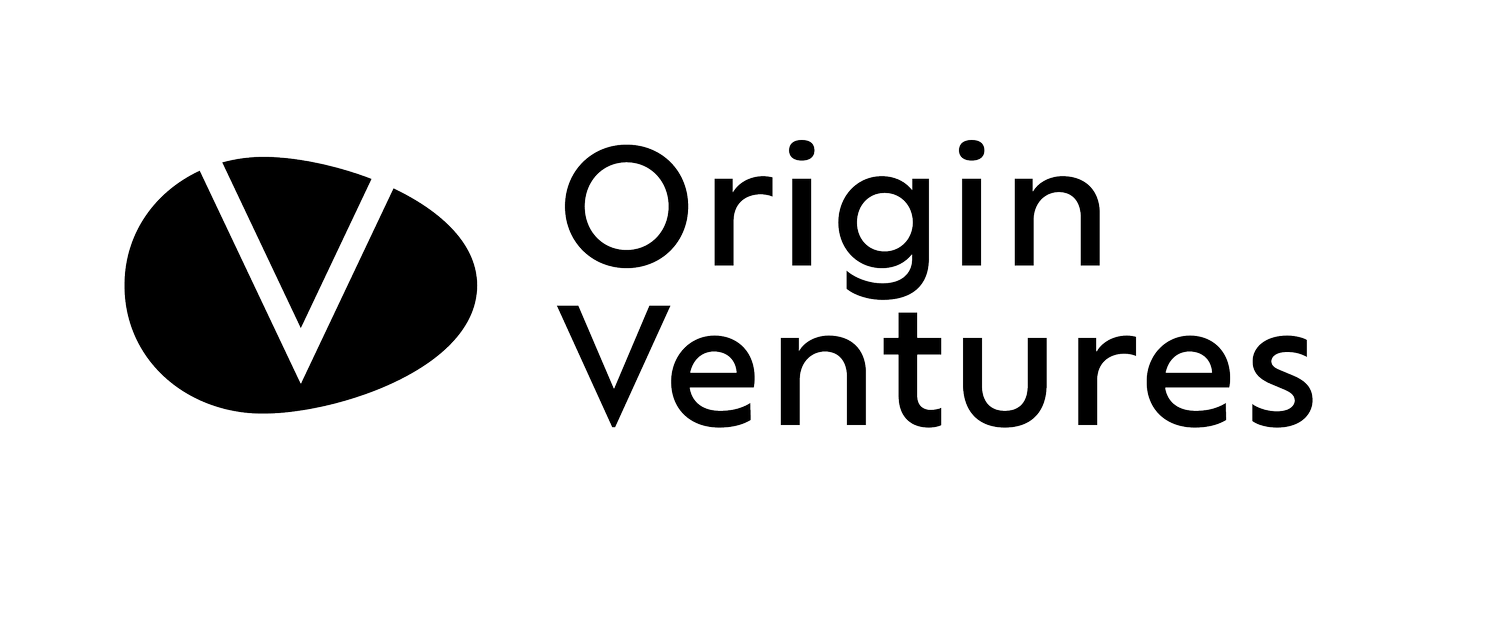Origin Summer Marketing Summit Recap
In July, the Origin team hosted marketers from across our portfolio and extended network to our 2018 Summer Marketing Summit here in Chicago.
The 30-odd attendees drove the day’s content by leading conversations around topics they selected ahead of time. The daylong event included robust discussions on marketing best practices, areas for improvement, recommended tools and resources, and more. Find key takeaways below.
Powering Up: Marketing Tech Stack
Mastering software and other tools is a requisite piece of every modern marketer’s job, and the number of tools available to us continues to rise. Attendees discussed their experiences with at least forty different tools, with the deepest conversations taking place around Marketo, MixPanel, TryProspect, SalesForce, and HubSpot.
Telling the Story: Content Marketing
Our attendees were most eager to discuss content-related topics in the lead-up to the summit. These content discussions focused on a few main points, including understanding and targeting a specific audience using personas, keyword data, and traffic analytics, as well as creating content that matches a target audience’s web and social habits and searches. Kimmah Shah of Clutch went into detail on how to repurpose evergreen content for different audiences by optimizing for specific keywords and habits.
Ken Clements of Apptentive led a smaller breakout discussion diving deeply into Apptentive’s robust content strategy including:
what factors it uses to determine buyer personas
how it uses content to nurture leads down different points of its sales funnel
how his team generates content ideas
general best practices
While content can garner interest at the top of the funnel and nurture users down a funnel towards purchase, most marketing apparatuses involve targeting specific customers with specific messages utilizing audience data.
Aiming the Machine: Utilizing Audience Data
As the number of tools available to marketers has increased (see “Tech Stack,” above), so has the amount of data at our fingertips. While this data can be a blessing, it is increasingly difficult to sort through the swaths of data and find the signal in the noise.
DialogTech’s VP of marketing Viji Davis led a conversation about how marketers can use data and insights into their audience to accomplish business goals. Viji discussed the three main types of audience data available to marketers: first-, second-, and third-party.
First-party data is a business’ own customers’ data, gathered directly. It is the most accurate, but least scalable of the three. Second-party data, meanwhile, is simply someone else’s first party data. Typically, second-party data is used to reference walled gardens like Facebook and LinkedIn. Third-party data is data that’s been aggregated from various different data sources, and some attendees questioned its accuracy and utility.
Visiting professor Mike Yao of The University of Illinois discussed marketing attribution, or the concept of connecting various disparate pieces of data about customers or potential customers that may signify an action that person will take – normally, making a purchase.
Companies like Wove and its co-founder Alex Wasserman help customers wade through the terabytes and determine exactly how to utilize the data to their advantage. Wasserman discussed how Wove facilitates brand partnerships between companies that allows them to exchange audiences and target buyers with a higher likelihood of purchase.
While specific focus areas like content and data were heavily discussed, the summit also focused on implementing and scaling marketing processes to keep up with the growth of an organization.
Putting it All Together: Marketing Processes
Serial entrepreneur and marketer – and Trello’s current head of marketing – Stella Garber was another guest speaker. Stella shared her experience scaling marketing processes at early-stage startups. She touched on integrating product marketing into feature build-outs, implementing a PR strategy with limited resources, running go-to-market campaigns, sales enablement, and more.
While Stella discussed high-level strategies, Nathan Sterner of Backlot Cars discussed building hypothesis-driven marketing processes from the ground up to achieve growth in new and existing channels, incorporating risk-adjusted models and growth test cards.
Attendees left the day enthused about their new knowledge and contacts, and are eager to continue the conversations from the summit at our follow-up webinar. Thanks to all who attended and made the day great.




